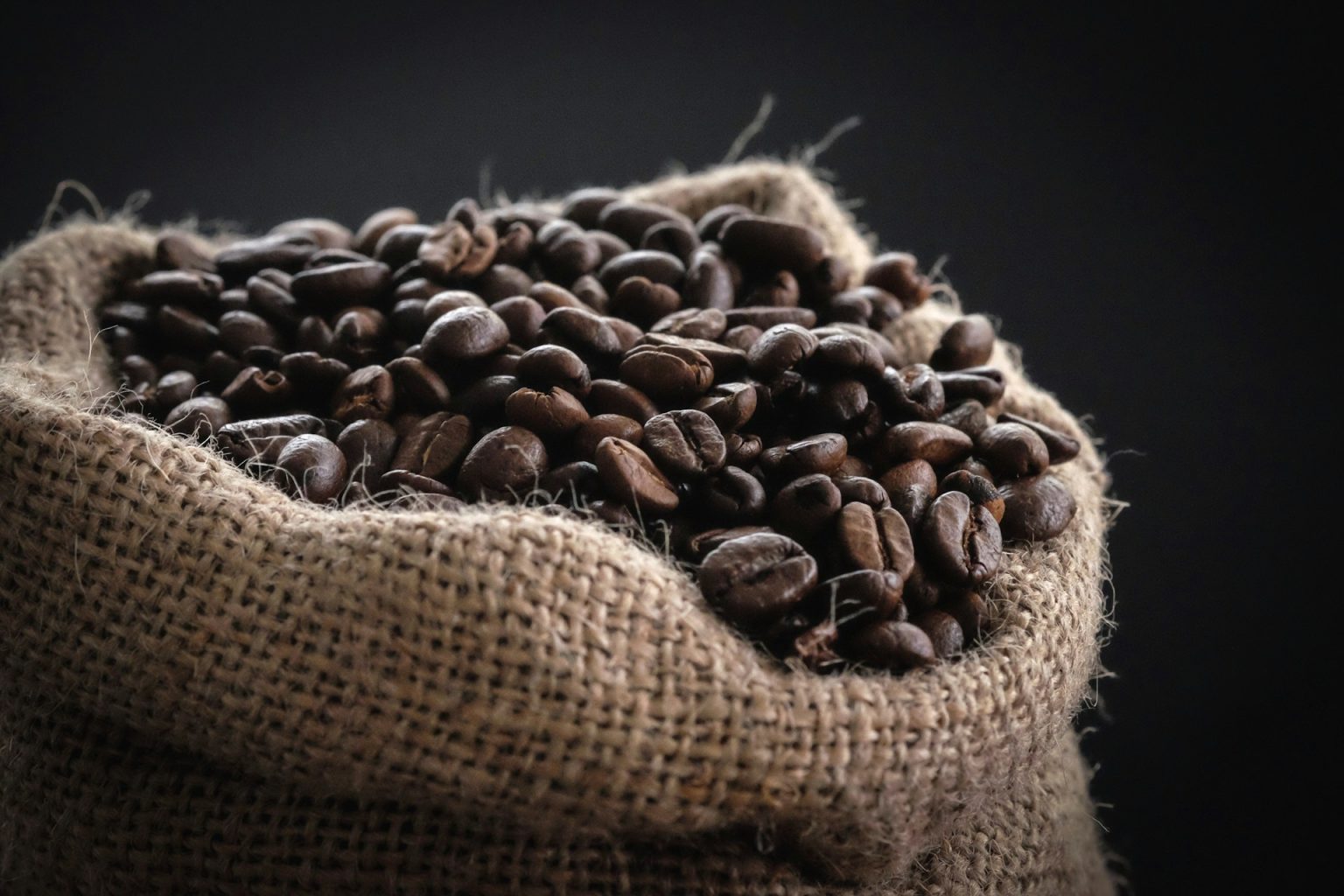Coffee is more than just a beverage; it’s a culture, an art, and a way of life for many. With its complex flavours, aromas, and diverse varieties, coffee offers an endless spectrum of experiences. But have you ever wondered just how many varieties of coffee exist globally? Coffee varieties are shaped by their botanical classifications, growing regions, and unique cultivation processes, and exploring this diversity reveals the richness of coffee from around the world.
A Brief Overview of Coffee Species
Before we dive into the varieties, it’s essential to understand the foundational species of coffee plants. The coffee we drink comes primarily from two main species:
- Arabica (Coffea Arabica): Known for its smooth, mild flavour with a slight acidity, Arabica coffee is the most popular species, making up around 60-70% of global coffee production. Arabica beans are more challenging to grow as they require specific altitudes and climate conditions, usually thriving in high-altitude regions with consistent rainfall.
- Robusta (Coffea Canephora): Robusta coffee beans are more robust (hence the name), known for their strong, bitter flavour profile. They contain higher caffeine content and are easier to grow than Arabica, making them ideal for lower elevations and warmer climates. Robusta is often used in instant coffee and espresso blends, adding a rich depth to the coffee.
A smaller portion of coffee production also comes from Liberica (Coffea Liberica) and Excelsa, both of which offer distinct flavours but are limited in availability. Liberica has a fruity, floral aroma, and Excelsa provides a unique tartness often found in Southeast Asia.
Exploring Coffee Varieties
There are numerous varieties within each coffee species, each with distinct characteristics shaped by genetics and the environment.
Popular Arabica Varieties
- Typica: One of the earliest coffee varieties, Typica is known for its balanced body and delicate sweetness. It’s grown across various regions, especially in Central and South America and parts of Asia. Many modern varieties have evolved from Typica.
- Bourbon: This variety originated from Yemen and is renowned for its complex flavour profile, with notes of chocolate and fruity undertones. Bourbon thrives in Central and South America, particularly in Brazil and Guatemala.
- Geisha: Famous for its floral, tea-like aroma, Geisha coffee is often regarded as one of the most premium varieties. Originating in Ethiopia, it found fame in Panama, where its intricate flavours and high acidity captivated coffee enthusiasts worldwide.
- SL28 and SL34: These two varieties, developed in Kenya, are celebrated for their vibrant acidity, fruity flavours, and resilience against disease. They thrive in Kenya’s unique terroir, producing some of the most sought-after coffees.
- Pacamara: A hybrid between the Pacas and Maragogipe varieties, Pacamara beans are known for their large size and bright, fruity flavour profile. Originally from El Salvador, this variety is now enjoyed in several Central American countries.
- Caturra and Catuai: Both are mutations of Bourbon and are popular among farmers due to their high yields and resilience. They offer mild acidity with a pleasant sweetness, making them versatile choices in countries like Brazil, Costa Rica, and Colombia.
Robusta Varieties
While Robusta lacks the diversity of Arabica in terms of varieties, there are still notable distinctions within this species. Vietnamese Robusta, for example, is known for its high caffeine content and robust, earthy flavour. India also produces high-quality Robusta, which is often blended with Arabica to create balanced espresso profiles.
Rare and Unique Varieties
- Liberica: Predominantly grown in the Philippines and Malaysia, Liberica coffee is rare and distinct. It has a woody, smoky flavour and a slightly floral aftertaste. It’s larger and harder than Arabica beans, offering a unique flavour profile that stands out.
- Excelsa: Often grouped with Liberica, Excelsa coffee is grown in Southeast Asia and adds a tart, fruity element to blends. It’s an adventurous choice for those seeking a different coffee experience.
- Mocha Coffee: Hailing from Yemen, Mocha coffee is one of the oldest coffee varieties. It’s celebrated for its rich, chocolatey, and fruity notes. It’s rare but highly prized among coffee aficionados.
How Many Coffee Varieties Are There?
So, how many varieties are there? It’s challenging to pinpoint an exact number due to continuous research, hybridisation, and the development of new strains. Experts estimate that there are over 100 coffee varieties within the Arabica species alone, thanks to ongoing genetic experimentation and adaptation to different growing conditions. When we consider Robusta, Liberica, and Excelsa, the total number of coffee varieties worldwide could easily exceed 120 distinct types.
Factors Influencing Coffee Varieties
- Climate and Geography: The environment greatly affects coffee flavours. Factors like altitude, soil composition, rainfall, and temperature all contribute to a coffee variety’s unique taste.
- Cultivation Techniques: Selective breeding, hybridisation, and cultivation practices allow coffee producers to create new varieties that can withstand diseases or thrive in specific climates.
- Processing Methods: After harvesting, processing methods—such as washed, natural, and honey processes—also influence flavour. Some varieties respond better to specific processes, enhancing certain characteristics.
Why Coffee Variety Matters
Coffee varieties contribute to the sensory richness and diversity in each cup. Just as wine lovers explore different grape varieties, coffee enthusiasts appreciate the subtle differences in flavour, acidity, body, and aroma that each variety brings. From the fruity undertones of Ethiopian Yirgacheffe to the bold, chocolatey notes of Brazilian Bourbon, the variety of coffee offers a tailored experience for every palate.



